While marketing is a scientific discipline, copywriting is an artistic form of writing that involves the ability to transform ideas into brand values, products into sales, and business concepts into investment opportunities.
If you’ve been copywriting for any length of time, you might’ve begun toying with the idea of COPYWRITING, too.

copywriting: powerful tool to get more sales!
And if you’ve been wavering with that idea, we’re here to let you know: You absolutely should. The outline of this article is as follows:
1. What is copywriting
The very first thing you need to know is — “copywriting” is not “copyrighting”. Actually, “copyright” means that you have the exclusive right to distribute or sell someone else’s work. And it could be a book, a song or even an image.

copywriting is not copyrighting
However, copywriting have nothing to do with the above things. Using one line can simply explain this concept — “copywriting is the ability to use the written words to persuade someone to take an action”. It is a skill that you can use in selling your products, services, promoting brand awareness, etc.

copywriting in marketing
The other thing is “copywriting” is not “content writing” either. Indeed, content writing is important in business, but it focuses more on engagement and brand awareness through content mediums such as blog posts, YouTube videos, social media and about pages. Copywriting is one-directional and is written strategically for a singular call to action, whereas content is more organic and educational.
2. What does copywriting do and where you can use this precious skill
About what does copywriting exactly do, we could answer that: “copywriting, especially good copy writing convices people take actions”, no matter the results are products being sold, links being clicked, or even number being called.
Basically, copywriting is used in various marketing materials(we also call it as copywriting marketing) – like sales pages, websites, emails, promotional videoss, direct mail flyers, catalogs and advertising campaigns. In a nutshell, if you have the vision of expanding your brand or company, this skill is unmissable.
3. Why copywriting still matters nowadays

why copywriting matters
You probably wondering that: “In today’s hectic society people even cannot finish thrilling videos, so how can they turn their attentions to materials that packed with text?” well, our answer is although videos and images capture awareness much quicker, they cannot contain as much infomation as possible and lack the ability to convey it in the same speed when compared to text. Therefore, copywriting still matters in marketing nowadays. More reasons we can give you are listed below:
① Capturing Attention
In today’s fast-paced digital world, grabbing and retaining the audience’s attention is more challenging than ever. Effective copywriting helps cut through the noise and engage readers, making them more likely to take notice of your message.
② Building Brand Identity
Well-crafted copy helps shape the tone, personality, and voice of a brand. It creates a distinct identity that resonates with the target audience, establishing trust, credibility, and emotional connections.
③ SEO and Search Visibility
Copywriting plays a vital role in search engine optimization (SEO), helping websites rank higher in search results. By incorporating relevant keywords, optimizing meta tags, and creating high-quality content in the process of SEO copywriting, copywriters improve search visibility and drive organic traffic.
4. Types of Copywriting
SEO copywriting

SEO copywriting
SEO copywriting aims to strategically incorporate keywords to attract search engine attention while also delivering value and an optimal reading experience for readers.
Marketing professionals utilize SEO to enhance brand visibility and devise a customer-centric, cost-effective strategy.
By employing this technique, you can attract relevant website traffic and potentially convert them into customers.
Below are the key components of SEO copywriting.
• Blogs
• Keyword
• Titles
• Meta descriptions
• Navigation texts
• Questions
• Headings and subheadings
Website Copywriting
Website copywriting involves crafting persuasive content for various sections of a website, such as landing pages, blogs, and product pages. Its purpose is to provide valuable information to visitors, ultimately driving conversions.
Additionally, it serves as a valuable tool for understanding the audience, allowing you to analyze visitor behavior, identify the most engaging pages, and determine the topics that capture their interest.
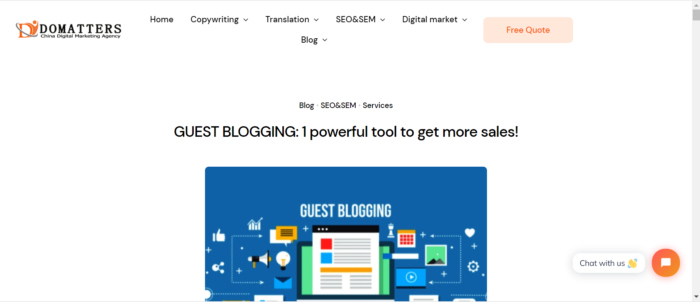
website copywriting
Social Media Copywriting
Social media copywriting involves creating captivating content that resonates with your target audience on various social platforms. The role of social media copywriters is to develop posts that are shareable, compelling, and influential, aiming to boost engagement, shape behavior, and drive sales.
Social media platforms offer an ideal space for brands to express their unique personality and cultivate lasting connections with their audience.
It’s important to tailor your content strategy based on the specific platform you’re using. For instance, your approach to crafting Facebook posts may differ from that for TikTok or Instagram. On Instagram, you can leverage creative storytelling techniques and highlight your products, while on Facebook, you would focus on action-oriented copy that encourages users to visit your website or make a purchase.
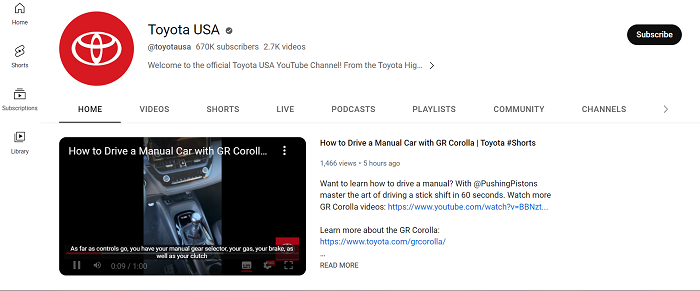
social media copywriting
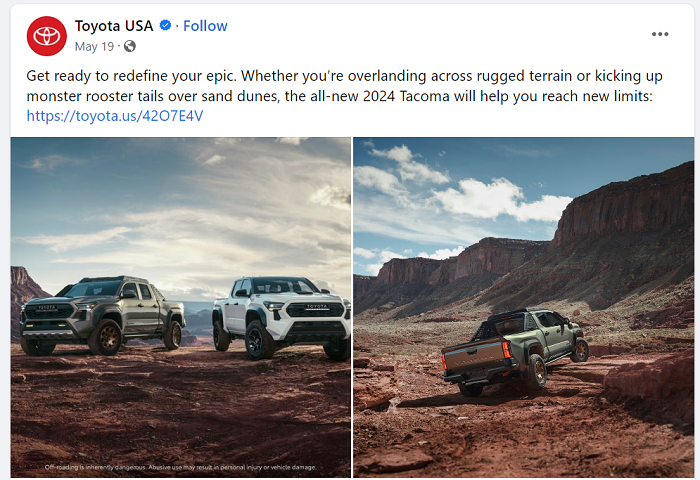
social media copywriting
Email Copywriting
Email copywriting involves crafting persuasive emails aimed at convincing current or potential customers to take a specific action, such as clicking on a link or making a purchase. Skilled copywriters leverage their expertise to create compelling email content that drives increased sales and conversions.
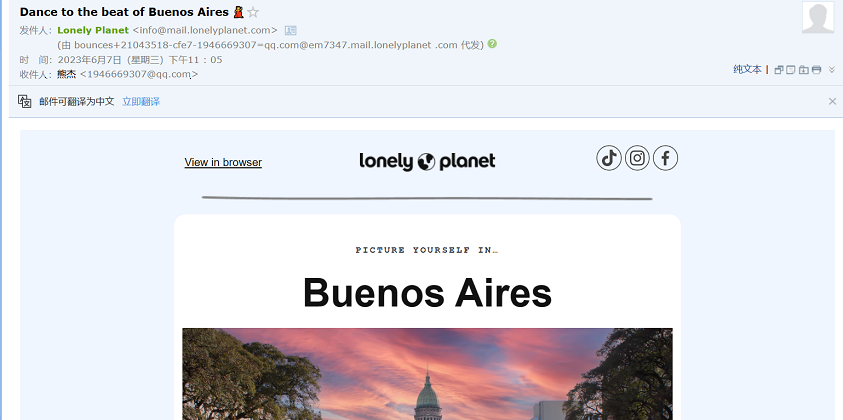
email copywriting
Writing copy for emails requires a slightly different approach compared to other forms of copywriting. Copywriters focus on creating impactful subject lines and engaging body content that encourages users to take the desired action, whether it’s clicking through to a landing page or completing a purchase.
Effective email copywriting follows the same principles as other marketing techniques. It should be persuasive, relevant, and captivating to your target audience, enticing them to engage with your message and take the desired action.
Ad Copywriting (Advertising Copywriter)
Ad copywriting involves creating branded content that replaces the traditional interaction between a potential buyer and a salesperson. The goal is to highlight the benefits of a product or service and address any concerns or issues the customer may have. Skilled ad copywriters craft compelling messages that effectively communicate how the company’s offering can solve problems and meet the customer’s needs.
Copywriting For Commercials
Commercials are brief, typically one- to two-minute advertisements that air before or during a TV show. These commercials are designed to encourage viewers to watch the advertised show. Copywriting for TV commercials focuses on crafting a concise and captivating message that captures the attention of the audience and entices them to engage with the content.
Landning Page Copywriting
A landing page serves a specific purpose, such as encouraging visitors to sign up for a newsletter, download an ebook, or make a purchase. It is designed to have a singular focus, with every element on the page supporting that goal and compelling visitors to take action.
Landing pages are highly effective in increasing conversion rates and reducing the cost per acquisition (CPA) because they enable businesses to concentrate their efforts on a specific target audience. Unlike a website homepage or product descriptions that cater to various needs, a landing page directs all attention towards one desired action, making visitors more likely to take that desired step.
To optimize the effectiveness of a landing page, businesses should customize their copy to resonate with the target audience and align with their specific goals. For instance, the copy on a homepage should captivate attention and engage visitors, while the About Us page should convey the company’s unique story and culture. By tailoring the copy to the audience and purpose, businesses can enhance the impact and conversion potential of their landing pages.
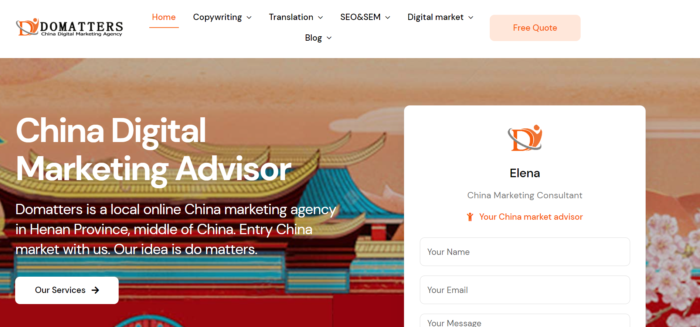
landing page copywriting
Product Page Copywriting
Product page copy serves as a concise and compelling overview of the key benefits and features of a product that will resonate with your audience. It aims to provide the necessary information without overwhelming the page with excessive details.

product page copywriting
5. How to write a refined copy
Step 1: Understand Your Audience
To write a refined copy, start by gaining a deep understanding of your target audience. Conduct thorough research to uncover their demographics, preferences, and pain points. This knowledge will enable you to tailor your message specifically to their needs and desires. Consider the following to promote your copywriting skills:
⁎ Demographics: Age, gender, location, and other relevant factors.
⁎ Psychographics: Interests, values, motivations, and challenges.
⁎ Language and Tone: Adopt a tone that resonates with your audience, whether it’s professional, friendly, conversational, or authoritative.
Step 2: Craft a Compelling Message
This is a vital skill in copywriting skills. Once you have a clear understanding of your audience, it’s time to craft a compelling message that grabs attention and holds interest. Here’s how:
⁎ Powerful Headline: Create a headline that instantly captures attention and entices readers to continue. Use attention-grabbing words, intriguing questions, or provocative statements that speak directly to your audience’s needs or desires.
⁎ Benefits, Not Just Features: Instead of focusing solely on product features, emphasize the benefits your offering provides. Clearly explain how it solves problems, improves lives, or fulfills desires. Use specific examples and vivid language to paint a compelling picture.
⁎ Emotional Appeal: Connect with your audience on an emotional level. Appeal to their desires, fears, or aspirations by using storytelling, evocative language, or relatable scenarios. Stir emotions that resonate with your message and compel readers to take action.
Step 3: Clear Call to Action (CTA)
A refined copy is incomplete without a clear and persuasive call to action. Here’s how to create an effective CTA:
⁎ Action-Oriented Language: Use strong, action-oriented words to encourage readers to take the desired action. Examples include “Buy Now,” “Sign Up Today,” or “Contact Us for a Free Consultation.” Make it clear what you want your audience to do.
⁎ Clarity and Simplicity: Ensure your CTA is easy to understand and follow. Avoid confusing or ambiguous instructions. Provide clear steps and make it simple for readers to complete the desired action.
⁎ Sense of Urgency: Add a touch of urgency to your CTA to encourage immediate action. Limited-time offers, exclusive deals, or limited availability can create a sense of urgency that motivates readers to act promptly.
6. How to find target customers and audiences to earn money
Utilize Online Platforms
Leverage online platforms and tools to connect with your target customers and get your copywriting salary. Here are a few strategies:
• Social Media: Identify the social media platforms where your target customers are active and engage with them through valuable content, networking, and participation in relevant groups or communities. Lots of copywriting jobs can be found in platforms.
• Content Marketing: Create high-quality, informative content related to your niche. Publish articles, blog posts, or videos that address your target customers’ pain points and provide solutions. Share this content on your website, social media, and other relevant platforms to attract and engage your audience.
• Networking: Attend industry-related events, conferences, and webinars to connect with potential clients or collaborators. Build relationships with fellow professionals, industry experts, and influencers who can refer you to potential customers.
• Copywriting Freelance Platforms: Join freelance platforms like Upwork,Freelancer, or Fiverr, where businesses and clients search for copywriters. Create a compelling profile highlighting your skills, expertise, and past work to attract potential clients.
• Cold Outreach: Proactively reach out to potential clients or businesses that align with your target market. Send personalized emails or messages introducing yourself, your services, and how you can help them achieve their copywriting needs. Highlight your expertise, past successes, and any relevant industry experience.
• Testimonials and Referrals: Collect testimonials and positive reviews from satisfied clients. Display these on your website or portfolio to build credibility and trust. Encourage your clients to refer you to their contacts or colleagues who might need copywriting services.
• Continuous Learning and Improvement: Stay updated with industry trends, copywriting techniques, and marketing strategies. Attend workshops, webinars, or online courses to enhance your skills and knowledge. The more you improve as a copywriter, the more attractive you become to potential customers.

copywriting skills
7. Conclusion
We trust that this guide has enhanced your comprehension of the essence of copywriting, the essential skills required for success, and the various avenues you can explore within the field.
Should you seek assistance with your copywriting endeavors, Domatters’ proficient copywriters at great content is readily available to lend their expertise.

Continue learning with other articles :









